From the filmmakers
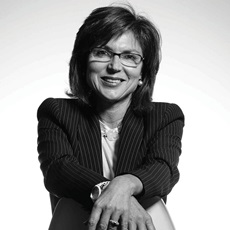
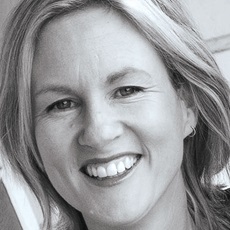
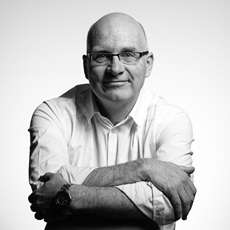 Bettina Dalton, series producer / director | Veronica Fury, producer | Michael Tear, executive producer and Wildbear CEO
Bettina Dalton, series producer / director | Veronica Fury, producer | Michael Tear, executive producer and Wildbear CEO
(not pictured: Rebecca Vallis, producer)
Making Tracks: Illustrating WildBear’s international focus
Bettina Dalton: “Making Tracks came about through Ralf Quibeldey explaining to me, in a very articulate way, exactly what his audience likes. He’s from NDR in Germany and commissioning editor of countries, people and adventure. He knows well what his audience likes: shows that have a central cohesive narrative with little personal stories running off from the spine. The protagonists in those stories need to be authentic with challenges to overcome both large and small. It is very pleasing to work with a commissioning editor who knows his audience so well and is so clear about what he wants. In my mind, what he described sounded like a story that could be told through an A-to-B train journey. Once the show was commissioned, he sent me a couple of films that illustrated his needs.”
NDR is headquartered in Hamburg and serves Germany’s four northernmost states. It is a member of ARD, a consortium of regional German public broadcasters.
Dalton: “You’ve got to meet with people. What Ralf wants is not written up anywhere. It’s about getting to know the individual slots and pitching into the sweet spot. My first meeting with him was at Asian side of the Doc in Kuala Lumpur in March, 2013. It was probably 14 months later that the show was commissioned.
“We look at offers on the basis of percentage of budget. Making Tracks has a lower budget than blue chip natural history. Also, it’s appealing that this NDR slot is only for Germany as we are able to raise finance from other territories. Once NDR was in the bag we went to others. It could have been made without Australian partners but we value them and always try to get one on board even if they are not paying top dollar.”
Veronica Fury: “After getting a license fee from NDR, Tina (Dalton) drove the financing, although Michael (Tear) has worked with FOXTEL for many years and went to The History Channel, which took Australian rights. Sky Vision provided an advance against sales to the rest of world – outside Germany and Australia – and Reader’s Digest is handling DVD sales in Australia and New Zealand. We also had finance from Screen Queensland. What an unlikely bunch!
“I worked on the Queensland side of things. Rebecca Vallis directed Making Tracks with Tina, and she and our DOP were both from Queensland, and one of the train journeys was in Queensland. These strong Queensland elements meant we were able to apply to Screen Queensland. We also did a lot of the archival clearances from Queensland. It was a big team effort.”
“Having exposure to the top-shelf of the North American market has been a profound experience”
Veronica Fury
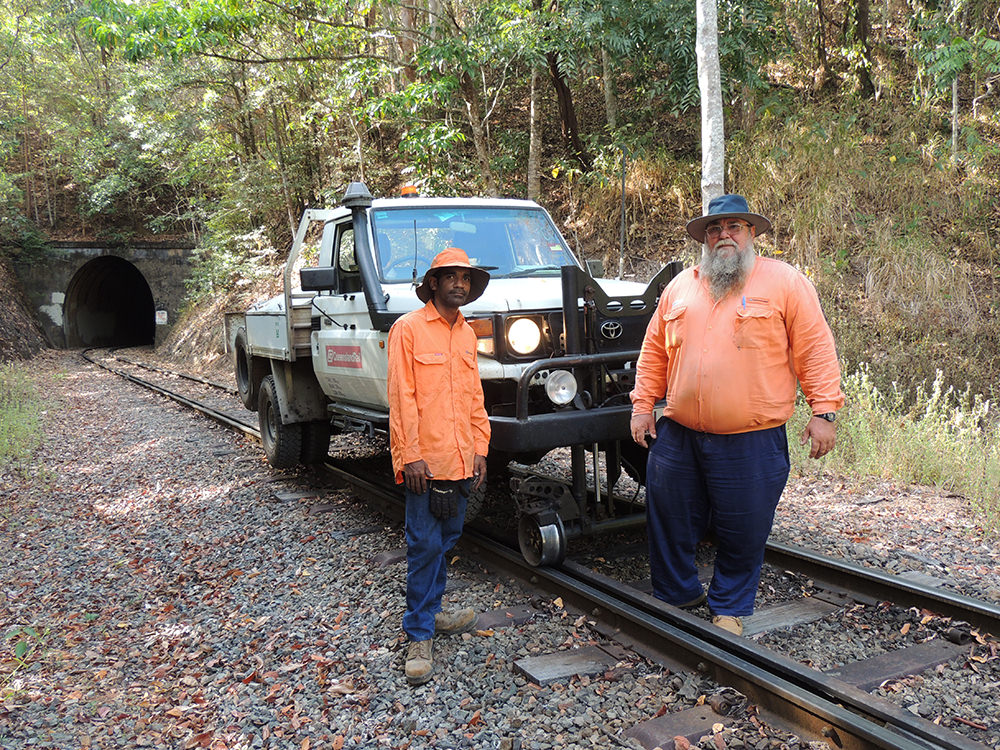 Making Tracks
Making Tracks
NDR wanted two episodes; others three
Dalton: “NDR has crews around the world and a Singaporean crew had recently made a standalone program about The Ghan, so they only wanted two episodes. Reader’s Digest was very interested in three: you have to give value and the price point is based on number of minutes. DVD is dwindling but there are still people who like its physicality. And, distribution wise, three is easy to sell.
“The financing was quite straightforward: NDR took only German rights, FOXTEL only took terrestrial, Reader’s Digest took direct to home and was happy for FOXTEL to have the premiere. It was one of the first shows we did with Sky Vision and we’ve done more since. We have a lot of the world to sell into still and are hoping it will recoup well. We’ve not yet got the first sales report.”
Fury: “The NDR version was an armchair experience with sweeping helicopter shots, beautiful scenery and animal cinematography, and intriguing stories. It was an old-style documentary. It was all about inviting the audience to hop on a train, learn about the people on the train, see the landscape, and stop in towns along the way. There is a big place for that kind of documentary outside Australia.
Dalton: “There were real challenges meeting the quality expectations. Aerials of a fast-moving train crossing the Nullarbor are difficult to get. One morning we had a helicopter on standby at Broken Hill ready to chase a train out of the station and a heavy fog rolled in.”
Fury: “The version for The History Channel was much more historically-focused. We unpacked the archival a little more. Probably 80 per cent of the visuals were the same but the two versions were quite different in tone. Sky Vision is selling both versions.”
Dalton: “Jim’s (Jim Buchan, general manager of factual channels at FOXTEL) 50-minute episodes for The History Channel had probably 15 per cent archival. We added more back story to his version. We used stills of gold mining and we got fabulous footage from the NFSA (National Film and Sound Archive) of the building of the Indian Pacific railway line, of opening up the interior and other fascinating material from early 20th Century Australia.
“It’s increasingly important that we get reversioning right”
Bettina Dalton
WildBear was formed in early 2014
WildBear Entertainment was formed in January 2014 with the merger of Tear and Serge Ou’s company, Bearcage, and Dalton and Fury’s company WildFury. There are two additional owners and Michael Tear is chief executive officer. Offices exist in Brisbane, Sydney, Canberra and the UK.
Michael Tear: “There are three executive producers at WildBear: Tina, Veronica and Serge. Each has a lot of ideas and a lot of relationships and is very prolific. Everyone is passionate about their projects and also has passion projects. They are competing with each other, but we are very collegiate and supportive too. “There is a limit to how much each EP can have on their slate. My job is to manage our resources and to set priorities – and not let the slate get unwieldy. We have an internal process by which we rank shows. We meet every Monday to review the whole slate. This can take more than two hours. Shows move up and down and in and out of the list according to commercial and creative opportunities and access. We consider the brand value, the market value, the level of ambition, the importance to the company. We ask ‘why this, why now?’ I had to step out of producing to do this job. I try and act like the foil.
“We spent a lot of time at the beginning working out how the mechanics were going to work, understanding each other, building trust and confidence. We knew we wanted to merge our resources to enable the key executives and the management team to be more focused on different aspects of the factual business and get exponential growth as a result. And that’s what happened.”
Fury: “We give market intelligence to each other and interrogate each other’s ideas. We all pitch against each other but we all pull in the same direction and have the company at heart. We all have our strengths: Tina’s is wildlife and natural history; Michael has a very strong history bent; I tend to do things that are more people driven.”
“I might have 100 shows running around in my head. Financing is about bundling together international money, government finance and the producer offset across a number of clients. I think of what I do as filling slots and try and do eight shows a year. Recently I produced Snake Sheila, a contemporary presenter-lead observational series for Animal Planet, and Stranded (about the birth of punk rock) for the ABC. I cherish the relationships I have with everyone but especially with ABC Arts.
“I try and produce one or two feature-length documentaries per year. They are important in my world because they don’t just get one play and are gone: they travel the world, get into festivals, open up other opportunities, allow me to work with auteur directors. I’m currently on Ella’s Journey, about the first indigenous dancer to be accepted into The Australian Ballet, and am developing another with Brett. (Fury made Electric Boogaloo: The Wild, Untold Story of Cannon Films with US filmmaker Brett Ratner and Ratpac Documentary Films.) Having exposure to the top-shelf of the North American market has been a profound experience.”
Dalton: “Last year I made the big blue chip documentary The Kangaroo King for National Geographic. It followed a big red kangaroo on his journey from birth to becoming king of the mob, taking an almost theatrical approach to the narrative. We made one for the US and one for international. I’m now on to Boss Croc, which is a bit like it, in that we follow one crocodile. It’s for France 2 and I’m co-producing with French production company Bonne Pioche. I am just finishing the three-part series The Wildest River in the World, set in Borneo, making one version for ZDF Germany and another for Nat Geo. It’s increasingly important that we get reversioning right.”
“This year we will make 130 hours of factual programming”
Michael Tear
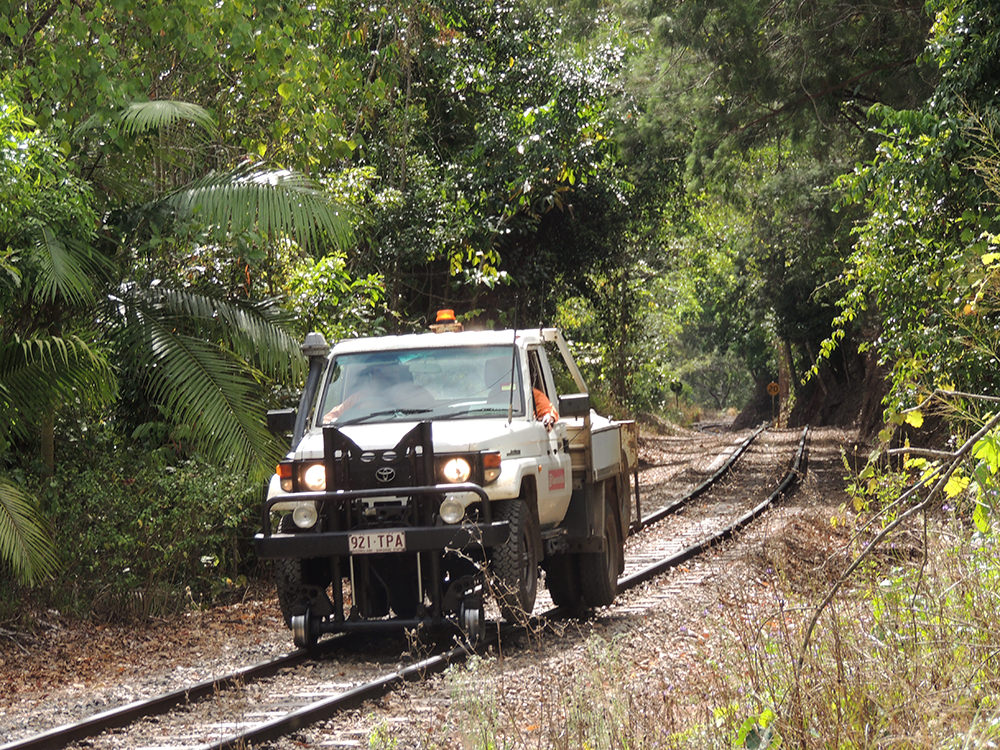 Making Tracks
Making Tracks
There are more platforms and more opportunities
Tear: “This year we will make 130 hours of factual programming. We have 35 permanents and a swag of contactors. We finished 40 hours between mid-March and mid-May. Managing those logistics can be a little bit challenging. The slate includes a couple of features, quite a lot of natural history, other history, a lot of what I’d describe as character-driven factual docs, science. We work with a lot of partners. There’s an appetite for archival-based shows …”
Dalton: “… and equally for natural history at the right price. Blue cheap documentary! (A pun on blue chip). Players such as National Geographic and Discovery are investing a lot in big tent pole documentaries but they still have to fill the schedule.”
Tear: “There’s more platforms, more opportunities, more outlets. The challenge is that, increasingly, projects have to move across borders and that has to be carefully managed. Sometimes broadcasters are looking for VOD exclusives and rights to bigger territories than their typical footprint – particularly when selling into Europe – but they don’t necessarily want to pay. As a producer you have got to weigh all that up. You need to make sure you’re not cutting off future deals.
“About 75 per cent of our slate is led by the international market. Sometimes the shows are never shown here. Sometimes Australia is part of a pan Asian or global deal. Sometimes international partners are interested in keeping Australian rights. What international players want is not necessarily what Australian commissioning editors are after.
“Our overseas focus includes China, where you don’t just have to understand the market, but also the very different cultural context. We recently announced a landmark two-hour co-production with China titled The War That Changed The World: The Making of a New China, the seldom told story of the invasion of China by Japan in 1931 through to 1945. It will premiere in China in July on the country’s main factual channel, CCTV10, and will screen on The History Channel in September. International sales are being handled by Wild Thring Media in the UK.
“Worldwide the market is shifting all the time in terms of types of shows, audience taste, the players. Just when you feel settled, it changes, and an idea you shelved, suddenly suits. You can’t just do the markets. You have to do follow ups in country as well. And you can’t just pitch two shows; you need 10. The slate has to be big enough to hit enough marks and get enough traction.
“Collaboration with other production companies is good too.”
Dalton: “I recently got back from a week doing the rounds in Washington and New York. There have been a lot of changes within Nat Geo and Discovery and so many different divisions. It was about meeting new people in new jobs and touching base with those you know and getting an update. For one channel, for instance, I learned they don’t want pet shows until 2017 so I’ve put all my pet shows on the shelf.
“We also reached out to networks we’d not worked with before, including A&E. We showed them what we’d done and talked to them about what we could do.”
Fury: “You have to understand the international marketplace, build relationships where each party equally trusts the other, deliver to a brief, balance the creative side with the business side, know how to budget. It doesn’t happen overnight. I used to sell records and kept my overheads low. I went to MIP for five years before people agreed to do business with me. You have to go back again and again so they know you’re serious. Screen Queensland has amazing support for practitioners, including travel grants. I’d also recommend that early-career practitioners gently tag team their way up. Mark Chapman and Megan McMurchy helped me.”

What to read next
Sixteen relatively recent Australian television dramas have earned more than $1 million each in gross revenue and nearly $43 million as a group, mostly from abroad.
28 Jun 2016
Sandy George & Bernadette Rheinberger